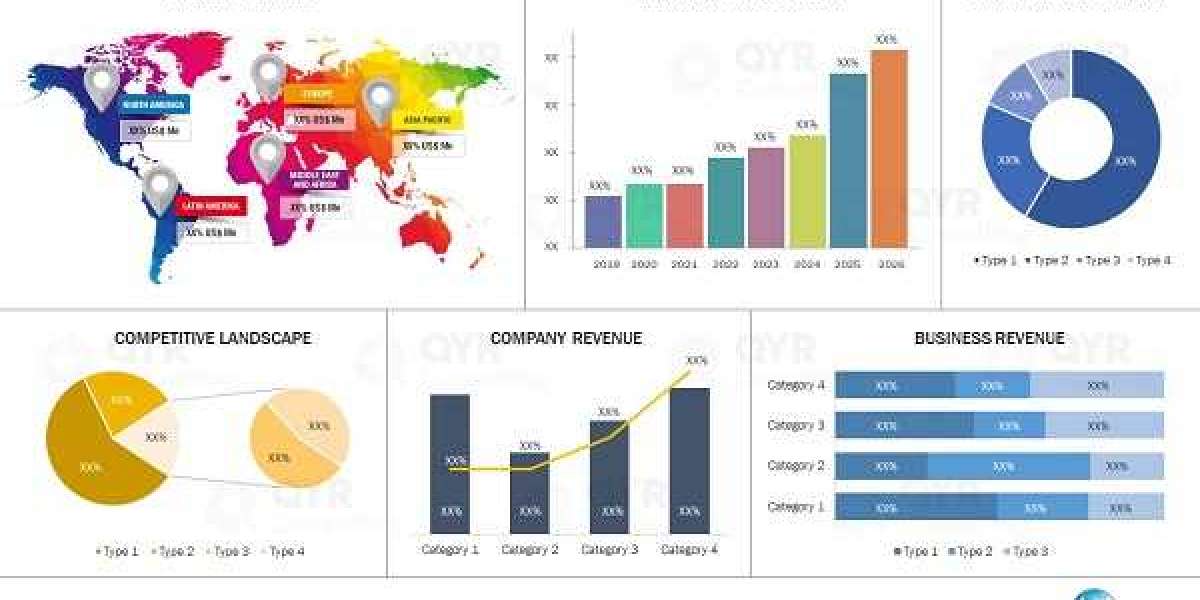Generative AI is transforming how we create content, solve problems, and build products. From designing prototypes to automating customer service, this generative AI overview breaks down what it is, how it works, and how businesses are using it to unlock innovation at scale.
What Is Generative AI?
Generative AI refers to artificial intelligence systems that can produce original content—like text, images, videos, music, and even code. Unlike traditional AI that analyzes and reports data, generative AI learns from patterns and creates something entirely new.
Popular tools like ChatGPT, DALL·E, and platforms like Glance rely on generative AI to deliver personalized content and experiences.
How Does Generative AI Work?
At the heart of every generative AI overview is the understanding of how these systems function. They’re powered by deep learning and neural networks that mimic the human brain's learning process.
Step-by-Step: How Generative AI Works
Data Collection: The model is trained on massive datasets—text, images, code, or audio.
Neural Network Processing: Transformer models like GPT or BERT analyze these inputs through layers of neural networks.
Pattern Recognition: AI learns relationships and context between words, visuals, or actions.
Content Generation: Based on prompts, the AI produces new, original outputs—like a human would.
This generative AI overview simplifies the complexity of a highly technical process into four key stages.
Generative AI Training: Teaching Machines to Create
Even the most advanced AI needs training. Training is what turns a model from a blank slate into a creative engine. This generative AI overview covers the three core training stages:
The Three Phases of Training
Data Collection: AI is trained on books, images, articles, and other quality data.
Pre-Training: The model learns general rules of language, tone, and logic.
Fine-Tuning: AI is optimized for specific tasks like customer service, writing, or design.
Better training reduces errors (aka "hallucinations") and improves creativity, relevance, and tone—making AI a valuable business ally.
Generative AI Use Cases Across Industries
This generative AI overview highlights that the technology is not limited to any one field. Here's how it’s impacting industries:
Industry | Use Case | Impact |
Marketing | Content creation, ad copy | Faster workflows, personalization |
Customer Service | AI chatbots, virtual agents | 24/7 support, reduced manual tasks |
Healthcare | Drug discovery, image analysis | Faster diagnoses, smarter RD |
Fashion Retail | Styling tools, recommendations | Better UX, higher conversions |
UX Design | Wireframes, design prototypes | Faster prototyping, creative freedom |
Education | Tutoring bots, quiz generation | Adaptive, personalized learning |
Software Development | Code generation, debugging | Streamlined dev cycles, fewer errors |
This table in our generative AI overview gives a quick snapshot of how AI is delivering value today.
How Businesses Use Generative AI for Growth
The generative AI overview wouldn’t be complete without real-world business applications. Let’s look at how companies are integrating it into their strategy:
1. Automating Content Creation
From blogs to emails, businesses use AI to generate content at scale.
Example: A travel brand uses AI to generate destination guides based on seasonality and trends.
2. Improving Customer Experience
AI chatbots now handle customer questions, recommend products, and reduce support load.
Example: An online fashion store uses AI to suggest outfits, reducing cart abandonment.
3. Speeding Up Product Design
Design teams use AI to quickly generate wireframes and visuals.
Example: A startup builds MVPs faster with AI-generated UI elements.
4. Innovating in Fashion and Retail
AI helps brands offer try-on tools, personalized styling, and trend forecasting.
Example: A fashion app uses weather and events to recommend daily outfits.
The Future of Work Is Generative
This generative AI overview shows that AI is no longer futuristic—it’s foundational. Businesses that understand how it works and how to train it can gain a creative, competitive edge.
Generative AI is driving personalized experiences, improving speed-to-market, and enabling smarter decisions. Whether you're a marketer, founder, developer, or educator—this generative AI overview proves there’s a role for AI in every field.
By mastering this technology, you’re not just adopting a tool—you’re reshaping how work gets done.











